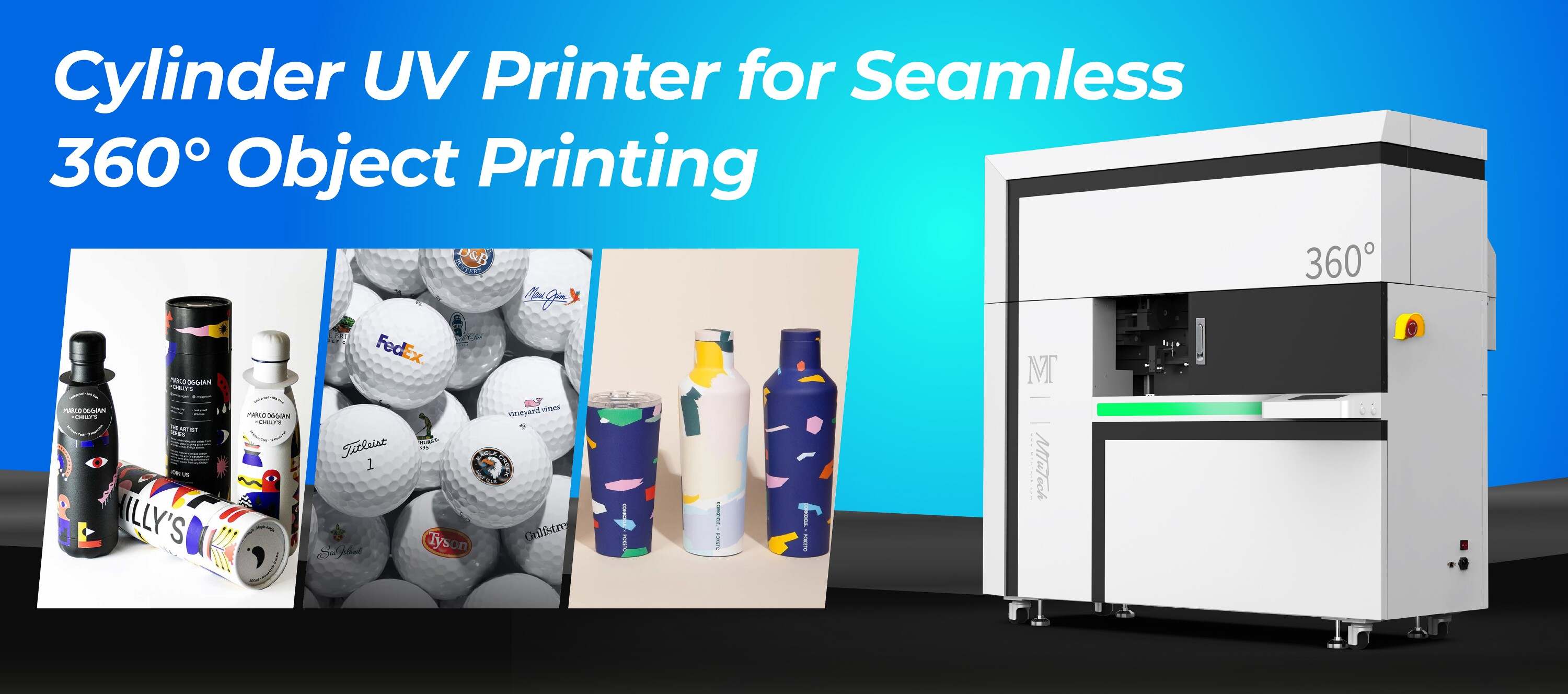How to Achieve Consistent Results Across Cylinder Batch Jobs
Introduction
In the world of cylindrical printing, achieving consistent results across batch jobs is paramount for quality control and customer satisfaction. Whether you are a seasoned printer or just starting out, understanding key principles and best practices can make a significant difference in your output. Consistency not only affects the visual appeal of the printed items but also influences the operational efficiency of your printing process. In this blog post, we will explore effective strategies for achieving and maintaining consistent results across cylinder batch jobs.
The Importance of Consistency in Cylinder Batch Jobs
Consistency in printing is vital for several reasons:
·
Quality Control: Ensures that every batch meets the predefined quality standards.
·
·
Customer Satisfaction: Building trust with clients who expect uniformity in the products they order.
·
·
Effective Resource Management: Reduces waste and lowers production costs by minimizing reprints.
·
·
Brand Reputation: Solidifies your position in the market as a reliable provider for cylindrical printing solutions.
·
Understanding the Cylinder Printing Process
Key Components of Cylinder Printing
The cylinder printing process is intricate, involving multiple components that work together. Understanding these elements is crucial for achieving consistency:
·
Cylinder Type: Various cylinders are available based on the printing method, such as UV printing, rotary screen printing, or flexographic printing.
·
·
Ink Quality: The type and quality of ink used can dramatically affect the final output.
·
·
Substrate Material: Different materials react differently to the ink and printing process.
·
·
Environmental Conditions: Temperature and humidity can impact drying times and adhesion.
·
Key Strategies for Achieving Consistent Results
1. Standardize Your Processes
Creating a standard operating procedure (SOP) for your printing process is fundamental. This ensures that every operator follows the same steps, leading to consistent results. Include the following in your SOP:
·
Settings for the printing machine.
·
·
Preparation methods for substrates.
·
·
Mixing and storing ink protocols.
·
·
Cleaning and maintenance schedules for equipment.
·
2. Invest in Quality Materials
Using high-quality inks, substrates, and equipment is vital. Inferior quality materials often lead to inconsistent results, which can cause delays and additional costs due to reprints. Always source materials from reliable suppliers and ensure they meet industry standards.
3. Regular Equipment Maintenance
Your printing equipment must be regularly serviced to ensure optimal performance. Routine checks should include:
·
Inspecting cylinders for wear and tear.
·
·
Calibrating print heads and ink delivery systems.
·
·
Maintaining cleanliness to prevent contamination.
·
4. Utilize Quality Control Measures
Implement strict quality control measures throughout the printing process. This includes:
·
Pre-production checks to ensure all parameters match the SOP.
·
·
In-process inspections to catch any inconsistencies early.
·
·
Post-production evaluations where samples from each batch are assessed against a quality benchmark.
·
5. Optimize Environmental Conditions
Environmental factors like humidity and temperature can affect printing quality. Here are some recommendations:
·
Maintain a stable temperature (ideally between 68°F and 75°F).
·
·
Control humidity levels, keeping them between 40% and 60%.
·
·
Use environmental controls in your production facility if necessary.
·
6. Employee Training
Your staff's expertise can directly impact print consistency. Regular training sessions should cover:
·
Understanding the printing process and machinery.
·
·
Best practices for operating print equipment.
·
·
Problem-solving techniques for troubleshooting common issues.
·
Leveraging Technology for Consistency
1. Automated Systems
Implementing automated systems can help minimize human error in the printing process. Automation can manage:
·
Ink mixing ratios for reproducibility.
·
·
Print settings adjustments based on substrate readings.
·
·
Schedule maintenance tasks to ensure machines are running optimally.
·
2. Monitoring Tools
Utilize monitoring tools that provide real-time data on print quality and performance. These technologies can help:
·
Detect any deviations from the set standards.
·
·
Provide insights into production efficiency.
·
·
Facilitate data-driven decision-making for future jobs.
·
Conclusion
Achieving consistent results across cylinder batch jobs takes a combination of rigorous standards, high-quality materials, trained staff, and the right technology. By standardizing your processes, investing in quality, and maintaining rigorous quality control measures, you can elevate your cylindrical printing operations. Remember that consistency not only leads to better customer satisfaction but ultimately contributes to the long-term success of your printing business. For those exploring more advanced solutions, explore our high-quality cylindrical printers here.
FAQ
What is cylindrical printing?
Cylindrical printing refers to the process of applying ink to curved surfaces, such as bottles, cans, and other cylindrical items. It can be achieved through various methods, including screen printing, flexographic printing, and UV printing.
How can I maintain the quality of my inks?
Store inks in shaded, climate-controlled environments, and make sure to mix them thoroughly before use. Properly sealing containers when not in use can also help preserve their quality.
Why is employee training important in printing?
Training ensures that employees understand the printing process and equipment, reducing the likelihood of errors. Well-trained staff are also better equipped to identify issues early, thereby maintaining quality control throughout production.
How often should I perform equipment maintenance?
Regular maintenance should be part of your printing schedule, with specific tasks done daily, weekly, and monthly. This includes tasks like cleaning rollers, checking for wear, and adjusting settings as necessary.
What role does temperature play in printing?
Temperature affects ink viscosity and drying times, which can lead to print quality variations. Maintaining optimal temperature levels ensures more consistent production outcomes.

